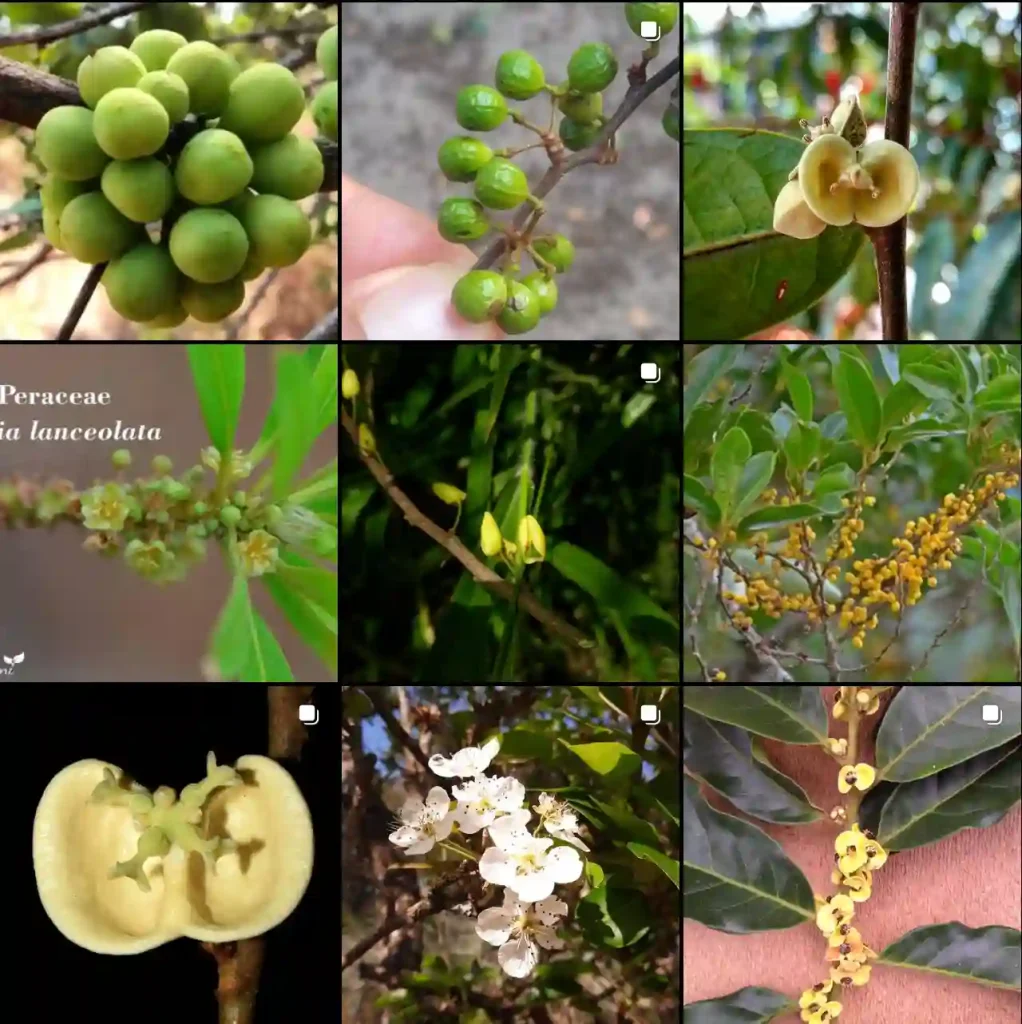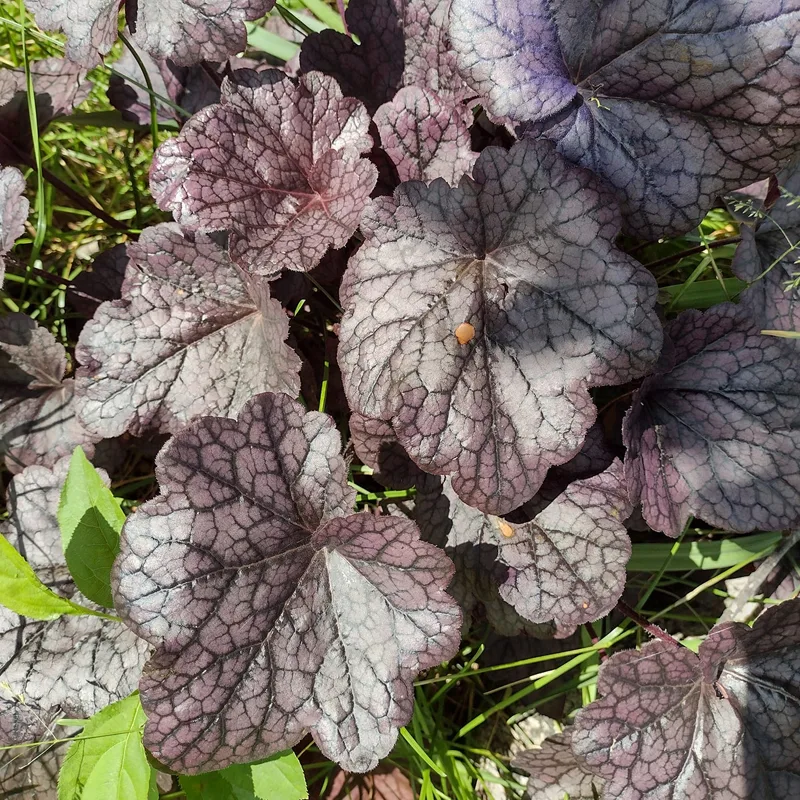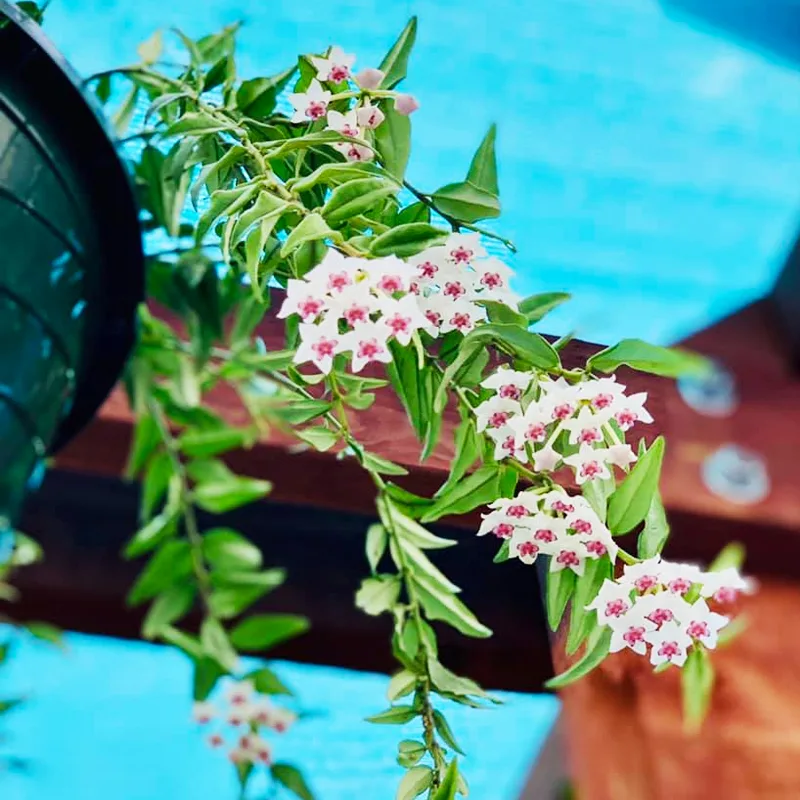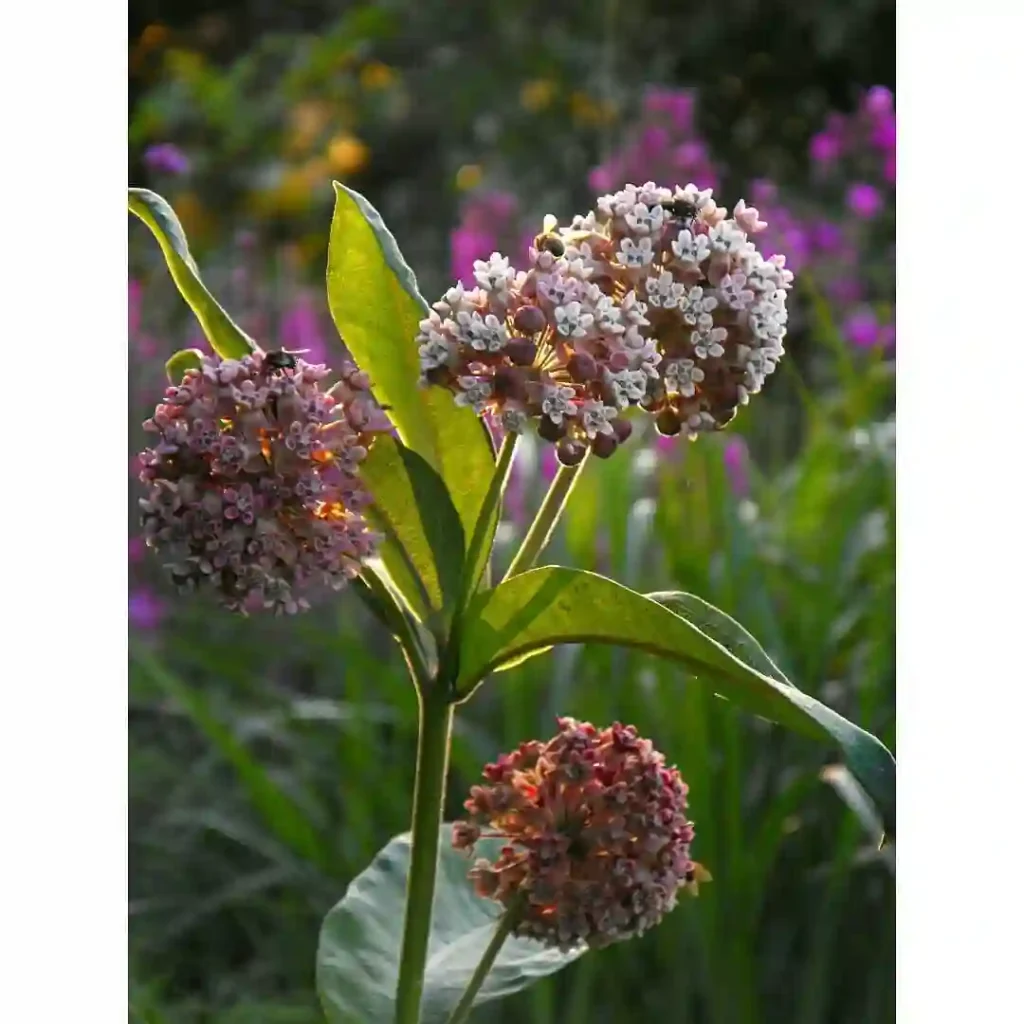Meliaceae: My Fascination with the Mahogany Family
As a plant enthusiast, I’ve always been drawn to the diversity and beauty of the plant kingdom. One family that has particularly captured my interest is Meliaceae, also known as the mahogany family. This family boasts a wide array of trees and shrubs, many of which are renowned for their valuable timber, medicinal properties, and ecological significance.
The Mahogany Family’s Global Reach
Meliaceae is a truly cosmopolitan family, with its members found in tropical and subtropical regions across the globe. From the dense rainforests of South America to the savannas of Africa and the islands of Southeast Asia, Meliaceae species have adapted to a variety of habitats. This adaptability is a testament to their resilience and ecological importance.
Genera of the Meliaceae Family
The Meliaceae family encompasses a diverse range of genera, each with its own unique characteristics and ecological roles.
- Swietenia: This genus includes the iconic mahogany trees, prized for their rich, reddish-brown timber. Mahogany has been used for centuries in furniture making, shipbuilding, and other applications.
- Cedrela: The cedars of this genus are known for their aromatic wood, which is often used in cabinetry and crafts. They also have medicinal properties and are used in traditional remedies.
- Azadirachta: This genus includes the neem tree, a versatile species with a wide range of uses. Neem oil is used as a natural insecticide and fungicide, while its leaves and bark have medicinal properties.
- Khaya: The African mahoganies of this genus are also valued for their timber, which is similar in quality to that of Swietenia. They play an important role in the economies of many African countries.
- Melia: This genus includes the chinaberry tree, an ornamental species with fragrant flowers and attractive foliage. It is also used in traditional medicine. – 3 Species in Genus Melia
- Aglaia Lour. – 124 Species in Genus Aglaia
- Anthocarapa Pierre
- Aphanamixis Blume
- Astrotrichilia (Harms) T.D.Penn. & Styles
- Cabralea A.Juss.
- Calodecaryia Leroy
- Capuronianthus J.-F.Leroy
- Carapa Aubl.
- Chisocheton Blume
- Chukrasia A.Juss.
- Cipadessa Blume
- Didymocheton Blume
- Dysoxylum Blume ex Raspail
- Ekebergia Sparrm.
- Entandrophragma C.DC.
- Epicharis Blume
- Goniocheton Blume
- Guarea Allemão ex L.
- Heckeldora Pierre
- Heynea Roxb.
- Humbertioturraea J.-F.Leroy
- Lansium Corrêa
- Lepidotrichilia (Harms) T.D.Penn. & Styles
- Leplaea Vermoesen
- Lovoa Harms
- Malleastrum (Baill.) J.-F.Leroy
- Munronia Wight
- Naregamia Wight & Arn.
- Neobeguea J.-F.Leroy
- Neoguarea (Harms) E.J.M.Koenen & J.J.de Wilde
- Nymania Lindb.
- Owenia F.Muell.
- Prasoxylon M.Roem.
- Pseudobersama Verdc.
- Pseudocarapa Hemsl.
- Pseudocedrela Harms
- Pseudoclausena T.Clark
- Pterorhachis Harms
- Quivisianthe Baill.
- Reinwardtiodendron Koord.
- Ruagea H.Karst.
- Sandoricum Cav.
- Schmardaea H.Karst.
- Soymida A.Juss.
- Sphaerosacme Wall. ex M.Roem.
- Synoum A.Juss.
- Toona M.Roem. – 6 Species in Genus Toona
- Trichilia P.Browne
- Turraea L.
- Turraeanthus Baill.
- Vavaea Benth.
- Walsura Roxb.
- Xylocarpus J.Koenig
The Ecological Importance of Meliaceae
Meliaceae species play vital roles in their respective ecosystems. Their timber provides shelter and nesting sites for a variety of animals, while their fruits and seeds serve as food sources for birds, mammals, and insects. Many Meliaceae species also have symbiotic relationships with mycorrhizal fungi, which help them to absorb nutrients from the soil.
In addition to their ecological importance, Meliaceae species also have cultural and economic significance. Their timber has been used for centuries in a variety of applications, and their medicinal properties have been recognized by traditional healers for generations. Today, Meliaceae species continue to play important roles in the lives of people around the world.
My Personal Connection to Meliaceae
As a plant enthusiast, I am constantly amazed by the diversity and beauty of the Meliaceae family. I am particularly drawn to their ecological significance and the many ways in which they benefit both humans and the environment. I believe that it is important to appreciate and conserve these remarkable plants for future generations.
In my own garden, I have planted several Meliaceae species, including a chinaberry tree and a neem tree. I enjoy observing their growth and development, and I am always fascinated by the intricate details of their leaves, flowers, and fruits. I also appreciate the shade they provide and the birds and insects they attract.
Conclusion
The Meliaceae family is a truly remarkable group of plants, with a rich history and a bright future. Their diversity, ecological importance, and cultural significance make them an invaluable part of our planet’s natural heritage. As a plant enthusiast, I am committed to learning more about these fascinating plants and sharing my knowledge with others. I believe that by appreciating and conserving Meliaceae species, we can help to ensure a healthy and sustainable future for our planet.
If i die, water my plants!



